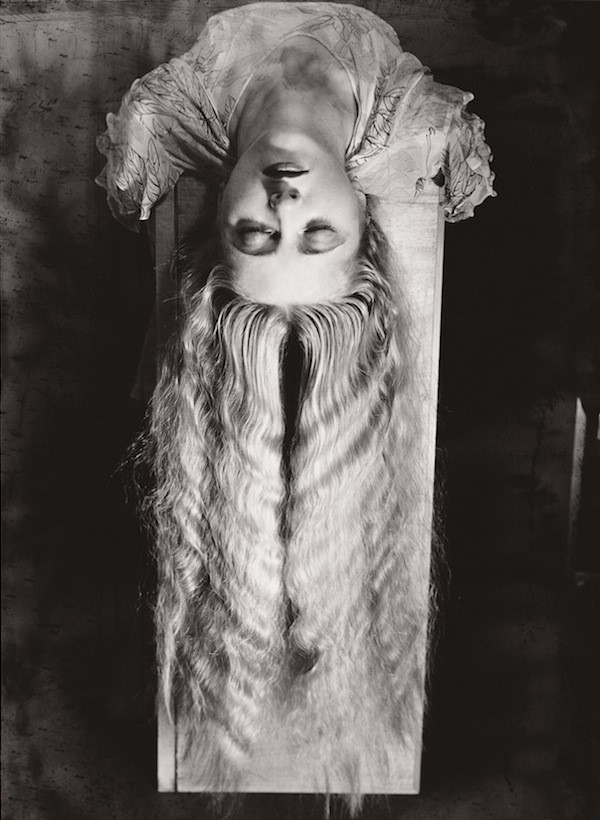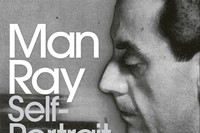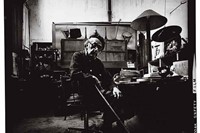Celebrated more these days for the photographs that came to define 1920s femininity, it is easy to forget that Man Ray was, first and foremost, a humourist...
Celebrated more these days for the photographs that came to define 1920s femininity, it is easy to forget that Man Ray was, first and foremost, a humourist. Yet his autobiography Self Portrait serves as a happy reminder of that very fact. Written during his final years and spanning almost eight decades, the artist tells a surprisingly funny, yet oh-so-turbulent, tale of a life spent with Duchamp, Dali and the Dadaists.
Thanks to Penguin Classic’s efforts to reprint the memoirs this year, readers are given another chance to hurtle back and forth across the Atlantic, oscillating continually between the brash, moneymaking American art scene and the more idealistic approach in Paris. We encounter romance, financial woes, fickle fame and fortune; and for a man who was never a writer by trade, Man Ray’s style is always impressively adept - at once highbrow and conversational, simple and yet loaded.
The text is broken by black and white photographs of the artist, his work and friends; ornaments befitting the aesthetic brilliance that is at the heart of the book’s subject matter. But unlike the carefully selected pieces that he chose to exhibit, here is a no hold’s barred baring of Man Ray’s soul and experience: admissions of domestic violence, of the brutal pain of finding out that your lover is sleeping with another man. We have awkward malapropisms, broken French and social faux pas in abundance.
"Written during his final years and spanning almost eight decades, the artist tells a surprisingly funny, yet oh-so-turbulent, tale of a life spent with Duchamp, Dali and the Dadaists"
It would seem that the precise execution that characterised Man Ray’s work stood opposed to the sea of turbulence that he experienced in his personal life. In a visual world of polarised, black-and-white simplicity, here is all grey, but even then, one still detects a slight attempt to try and "smooth over", to beautify and perhaps, romanticise the past.
Here three more you’ll like if you like this one:
Dada and Surrealism: A Very Short Introduction by David Hopkins – The quickest and most enjoyable way of getting to the heart of the movements that characterised early 20th Century art. Hopkins concisely explains some big ideas and puts them in a way that anyone can understand.
The Left Bank and Other Stories by Jean Rhys – If 1920s Paris is your thing then Jean Rhys’ first collection of short stories will be right up your Rue. With titles that include ‘In a Café’ and ‘Tout Montparnasse and a Lady’, Rhys establishes herself as the great female Francophile of the modernist movement.
Duchamp: A Biography by Calvin Tomkins – One of the leading pioneers of Dadaism and Surrealism, Marcel Duchamp had an enormous influence on Man Ray and his work. Tomkins’ biography covers both the personal and professional to relate the two at all times.
Man Ray: Self Portrait is released on April 5, published by Penguin Classics.
Text by Nathalie Olah



